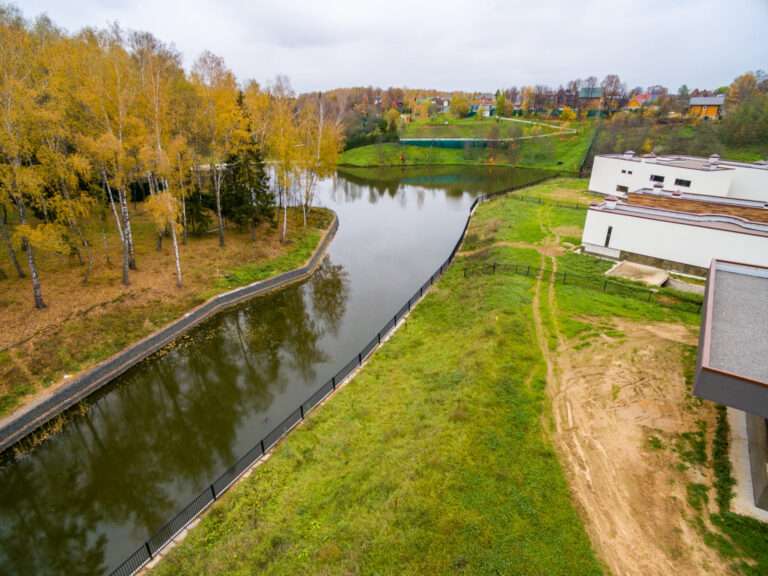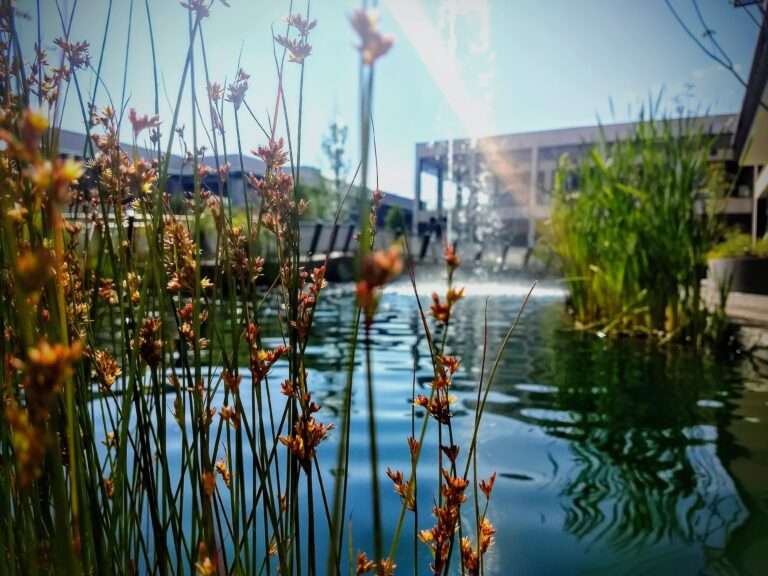7 Proven Techniques for Effective Habitat Restoration in the UK
Restoring habitats isn’t just about planting a few wildflowers and hoping for the best. Successful habitat restoration is a structured, science-led process that requires thoughtful design, long-term planning, and specialist knowledge of the local environment.
Whether you’re working on a brownfield site, managing rural estate land, or delivering a biodiversity net gain (BNG) requirement for a development, knowing which restoration techniques work—and how to apply them effectively—can make the difference between failure and flourishing.
In this blog, we outline seven essential techniques for effective habitat restoration, designed specifically for UK landscapes. Each one delivers proven ecological value, practical implementation steps, and long-term sustainability.
1. Baseline Ecological Survey
Before breaking ground, it’s crucial to understand the current condition of your site.
A baseline survey identifies:
- Existing habitats and their value
- Protected species presence
- Soil quality and structure
- Hydrology and microclimates
This data underpins everything that follows. Skipping this step risks implementing the wrong strategy, using unsuitable species, or missing critical habitat opportunities.
2. Soil Improvement and Decompaction
Many degraded sites—particularly former industrial or intensively farmed land—suffer from compacted, low-nutrient soils.
Effective techniques include:
- Subsoiling or decompaction to improve drainage and root penetration
- Green manures and organic mulches to boost microbial activity
- Scraping and inversion in nutrient-rich soils to expose subsoil for meadow establishment
Getting the soil right is foundational. It’s the bedrock on which your restored habitat will grow and thrive.
3. Native Species Selection
Restoration success depends heavily on the right species, in the right place.
Key principles:
- Prioritise locally native species that are adapted to your specific site conditions
- Avoid hybrids and non-natives that may outcompete sensitive flora
- Use a diverse species mix to support layered habitats (canopy, shrub, herbaceous, ground flora)
For grasslands, choose wildflower-rich seed mixes with UK provenance. For woodlands, blend pioneer species like Birch with long-term canopy species like Oak.
4. Hydrological Restoration
Water flow and availability shape habitat structure more than many realise.
Common interventions:
- Scrape creation: Shallow depressions that hold water seasonally, supporting waders, amphibians and aquatic plants
- Ditch blocking or leaky dams to retain water in drained wetland areas
- Pond creation with gentle sloping edges for accessibility and biodiversity
Hydrological enhancements also improve natural flood management (NFM), making sites more resilient to extreme weather.
5. Structural Habitat Features
Adding physical complexity to your site enhances habitat value and accelerates wildlife colonisation.
Examples include:
- Deadwood piles and log stacks for invertebrates and fungi
- Stone refugia for reptiles and amphibians
- Bird boxes, bat boxes and insect hotels in early successional sites
- Hedgerows for connectivity and corridor movement
These features bridge the gap while vegetation matures, and often become long-term habitat components themselves.
6. Phased Planting and Succession Planning
Nature doesn’t happen all at once. Successful restoration embraces succession—the natural development of ecosystems over time.
Plan in stages:
- Start with pioneer planting to stabilise the site and prepare the soil
- Introduce mid- and late-successional species as the environment evolves
- Monitor and adjust planting plans based on real-world establishment rates
This approach mimics natural processes and improves long-term ecological success.
7. Long-Term Management and Monitoring
Habitat restoration is not a one-off project—it’s an ongoing commitment.
Key actions:
- Aftercare for the first 3–5 years (watering, weeding, guard removal, restocking)
- Annual assessments to track species richness and habitat structure
- Adaptive management based on monitoring results
Success means being flexible, learning from the land, and adjusting your plan as needed.
To see how expert restoration looks in practice, visit our habitat restoration services page for support tailored to your landscape.
Frequently Asked Questions
How long does habitat restoration take?
It depends on the habitat. Grasslands can establish in 1–3 years. Woodlands and wetlands may take 5–10 years to mature. Visible improvements usually begin within the first year.
Can I restore habitats on active development land?
Yes. Buffer zones, retention ponds, bunds and boundaries can all be enhanced with habitat features—without interfering with operations. Integration is key.
Is habitat restoration expensive?
Upfront costs vary depending on site condition and objectives, but many projects qualify for biodiversity offset funding or support under local nature recovery strategies. Long-term maintenance is usually cost-effective.
Do I need planning permission?
Small-scale restoration usually doesn’t require consent. However, schemes that alter drainage, affect designated land, or involve protected species may need approval. It’s always best to consult early.
Conclusion
Effective habitat restoration is part science, part art—and fully achievable with the right techniques. By following these proven methods, you can transform degraded or underused land into ecologically rich, resilient, and biodiverse habitats that support both people and nature.
Whether your goal is biodiversity net gain, improved site resilience, or environmental stewardship, success lies in understanding the land, choosing the right interventions, and committing to long-term care.
Start small, think big, and plant with purpose—your site could become a living legacy of restoration done right.
Killingley Insights is the editorial voice of NT Killingley Ltd, drawing on decades of experience in landscaping, environmental enhancements, and civil engineering projects across the UK.








